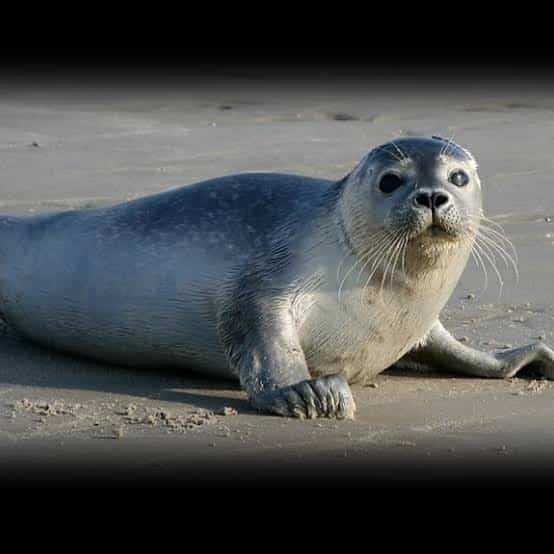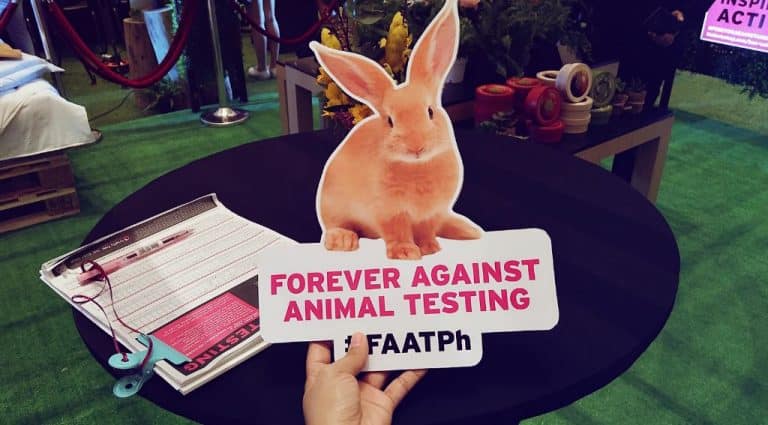Clubbing Baby Seals: A Controversial and Cruel Practice
The animal kingdom is the backbone of the environment. It ensures maintaining the balance important for every living being’s survival. With a rapid growth in dairy, meat, and leather demand, there has been an equal number of slaughtering in the animal kingdom.
Let’s talk about seals, who are the undisputed adorable marine babies. Their snappy face and thick fur make them stand out amongst other water creatures.
You must have heard about seal hunting. But have you ever heard about clubbing baby seals? It’s a process of killing baby seals in large numbers that has been condemned all around the world. Recent news from Canada on seal clubbing took all of us by surprise.
Here, we will look at what makes seal clubbing cruel and its impact on the environment.
Overview of Seal Clubbing

Seals are marine creatures found mostly in Arctic and Antarctic waters. Their natural habitat is along coasts and cold waters, indicating that they prefer cold weather. The largest number of seals are found in areas covered with ice.
While they are adorable and calm creatures, they have been facing extreme slaughtering in many parts of the world, especially in Canada.
Clubbing baby seals has become a known practice where baby seals are clubbed together and slaughtered using cruel methods. Animal hunting is not a new practice as it has been around for centuries, but with seal clubbing, there comes a cruel mindset.
Clubbing defenseless babies for mass killing is hard to be justified under any given scenario.
Clubbing Baby Seal Becomes a Topic of Debate
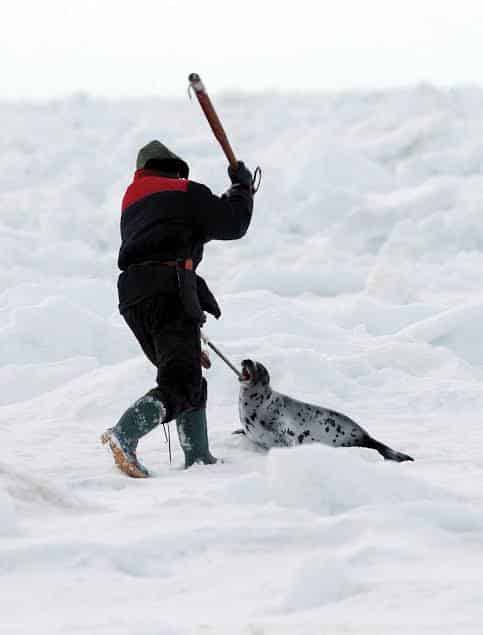
Hunting animals for various purposes, such as meat or leather, is a practice that is not new. Tigers, lions, elephants, cheetahs, and many more have been a part of the hunting culture for the time being. While animal rights activists have criticized their hunting, what makes the criticism so strong regarding seal clubbing?
Hunting seals has reached a level that has left the stats of all these animals combined. If one were to look at the Canadian seal-hunting culture, one would find it hard to resist the opposition.
Canada has been making news with its seal clubbing culture for quite a few years now. Every year, by the end of fishing season, Canada begins seal hunting.
They club together hundreds of baby seals to slaughter them in one go. The cruelty doesn’t end here as they are then dragged through the cold surface to the ships where they are loaded. Recent data suggest that thousands of seals are clubbed and killed in only two months.
Traditional and Modern-Day Seal Hunting of Seals
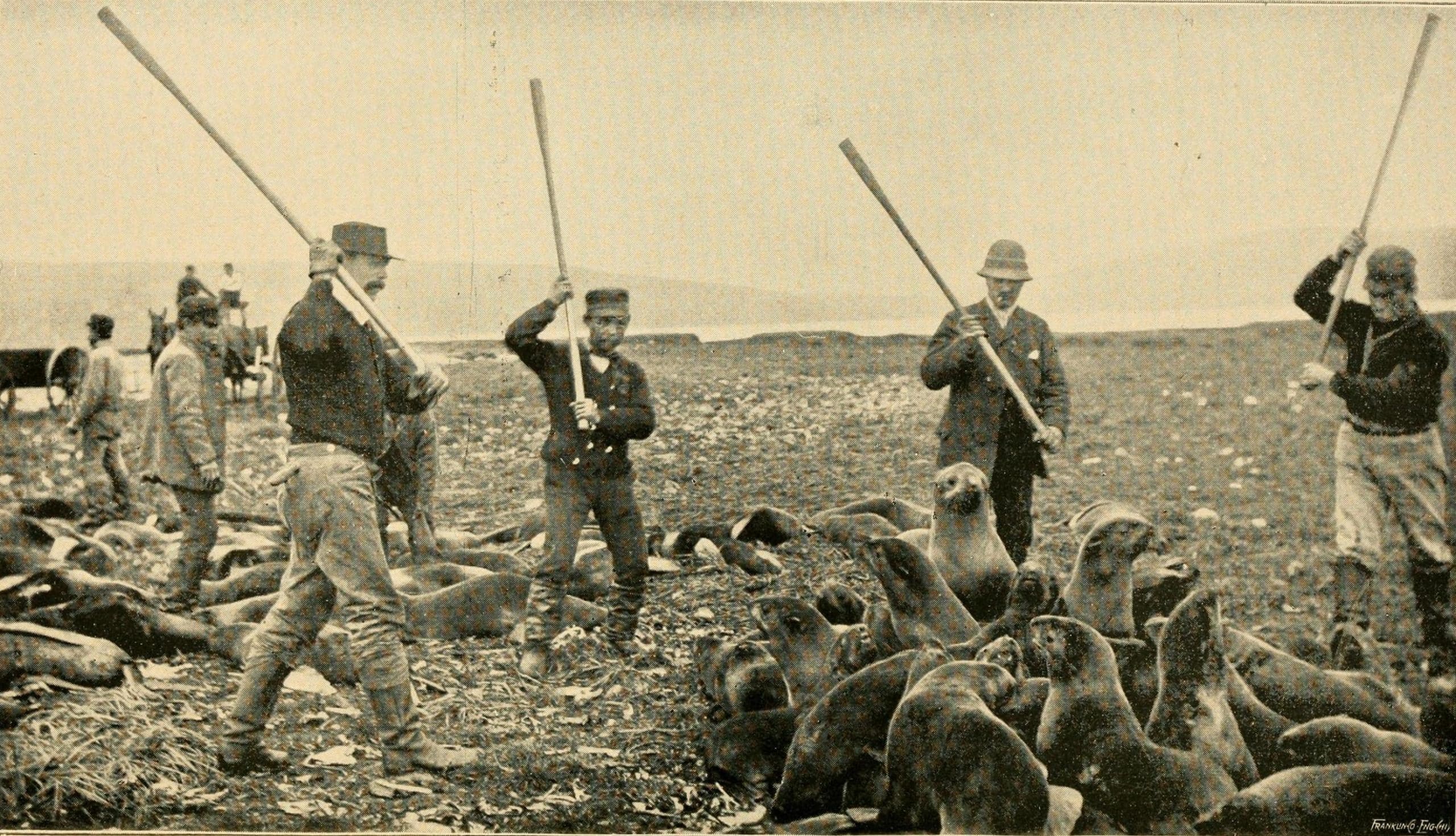
Seal hunting was a popular practice for Native Americans. Around 4,000 years ago, it spread slowly to other parts and its neighbor- Canada. The Inuit people of Canada incorporated seal hunting into their culture. The prime reason for seal hunting was to obtain meat and bones to make tools. In Greenland, seal hunting was a prominent practice amongst smaller areas/villages.
With the coming of the Industrial Revolution, seal hunting took a cruel turn. Seals were now killed in large numbers for trading purposes across nations. Seal clubbing and hunting seamlessly became a norm that has now faced criticism.
Clubbing baby seals and hunting are cruel for many reasons. Look at these reasons to decide your stand-
- Seal clubbing is killing baby seals as their fur and skin bring greater value to the market.
- Seals are hunted using inhumane methods.
- The market for seal leather and meat has gone down rapidly, yet seal clubbing and slaughtering see no stopping, so why is seal clubbing a thing?
- Seal clubbing has now become a part of tourism in many countries. Yes, you heard it right. Tourism packages offer seal hunting sessions for high prices, and people are indulging in the experience of hunting baby seals for a few minutes.
The majority of the countries look down upon Seal Hunting. Even in countries such as Greenland, where seal hunting was prominent with over 8,000 hunters, seal hunting has declined, given the rise of opposition during the 1980s.
There has been a rapid downfall in exports, as the practice was condemned internationally. It might leave you wondering what makes some countries continue to club baby seals in today’s world, where their meat, leather, and fur are also criticized.
Why are the Seals Being Killed?
Seal hunting and killing have been a part of normal practice in many countries, especially in the West. Studies show that the practice started some 4,000 years ago when seal hunting was a part of human survival.
In modern times, seals have become a mere profit-making machine for many. Here are some reasons why they are hunted and killed in such large numbers:
1. Meat
Seal meat is a popular ingredient in many cuisines. Inuits believe it to be a special meat as it keeps them warm and healthy during extreme weather conditions. Seals are slaughtered carefully to protect every part and organ, including liver, flippers, meat, and fat, as they are also consumed.
Additionally, seal meat becomes important as humans and animals eat it. In many parts of the world where humans do not consume seal meat, seal meat is an important ingredient in their pet’s diet. The Asian market continues to consume seal meat as it is used in making pet food or oil.
2. Bone
Seal bone was a part of the hunting and gathering era way more than it is today. Seals survive through extreme weather conditions, and their diet makes them strong.
This became a prime reason why hunters and gatherers started seal hunting to use the bone for making tools such as knives, axes, and stands. The use of seal bone has declined today, which should have pushed down seal hunting, but data show a different story.
3. Fur
Seal fur has been used in luxurious textiles for many years. Seals have thick and dense fur that makes for high-quality boots, waterproof jackets, and leather attires. Many consider seal fur irreplaceable because of its smooth texture and thickness. Additionally, seals with white fur are killed even more because of the high value.
4. Leather
If you are looking for a reason that keeps the seal market going even today, it must be leather. Seal leather is versatile, allowing it to be used for both rugged and high-end products.
The lightweight and unique texture makes for great accessories like purses and boots. Seal leather is also used in home decor items such as sofas and rugs. The durability and affordability make seal leather highly profitable for the industry.
5. Cooking and Lighting
This might be a reason for the era long gone, but seals were hunted for cooking and lighting. Seal bone was versatile and strong enough to be used as stoves, cooking tools, and even for creating fire and light. In small areas where Inuits stay, they continue the practice to date.
Different Methods Used to Kill Seals
Seals are marine creatures, which means that they require special skills and methods to kill them. Just like the practice of hunting has seen its evolution through the years, methods of killing them have also been evolving.
We have jotted down the prominent methods and equipment used in seal hunting:
1. Seal Nets and Traps
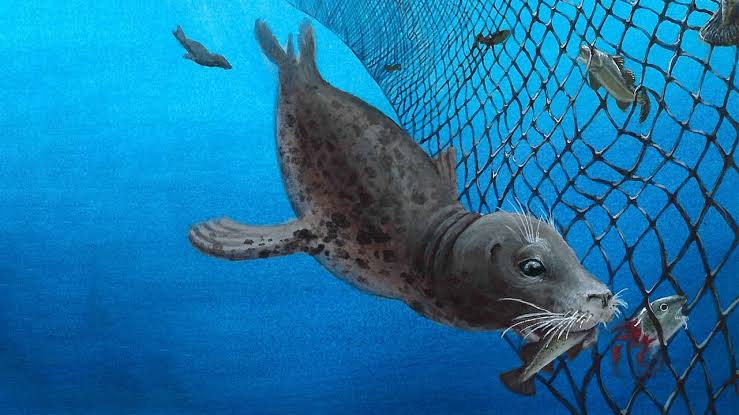
When people were not as scientifically advanced as today, seal nets and traps were the most common methods of capturing seals. These were economical and viable means for seal hunting used by every group in the society. Studies show that every family member was assigned a separate task for seal hunting to make it work.
2. Hakapik

As society started to emerge as more advanced, they made hakapiks. These are wooden tools mounted with a hammer and metal hook. This made seal killing easier than ever. The hammer would crush the seal’s skull, and the metal hook would make it easy for hunters to drag the dead seal across the river. The following years saw a combined use of riffles and hakapik in many regions.
3. Firearms

The most recent and modern method of killing seals is Firearms. Handy and easily available, firearms are used in hunting as a specific nozzle that shoots multiple bullets. Firearms are used in seal clubbing in many regions of the West.
Environmental Protection and Regulation of Seals
Seal clubbing and killing are bound to have both supporters and opposers. There are many ways to look at seal clubbing and killing, out of which environmental aspect might top the list.
Hunting animals has been argued as an important practice to maintain a balance in nature, but is this the same when it comes to seal clubbing?
Let’s take a look!
- Extinction: Animals are put on earth for specific purposes. While it is true that they need to be hunted and killed to maintain a balance, seal clubbing comes under the “overhunting” category. Seal clubbing has started to result in seals becoming endangered in many parts of the coastal area, which is bound to disrupt the environmental balance.
- The interconnectedness of the ecosystem: Every living creature depends on its interconnectedness with other living beings. This is the simple logic behind balance in the ecosystem. When seals are clubbed and killed in such large numbers, it poses the threat of one chain being removed from the ecosystem, resulting in an imbalance. As more and more seals are killed, there are high chances of a boom in fish population, which isn’t ideal for the environment.
- Food Chain: Animals do not exist in isolation. They have close contact with trees, plants, and water bodies. Seal clubbing at large numbers will result in their extinction, impacting trees, plants, and water bodies. There can either be an increase or decline- both phenomena will impact the food chain.
- Waste: Now that you know that seal clubbing is not backed by the sole purpose of its market value since there has been a rapid decline in demand. As a part of a sports activity or a fun hunting session, seals are killed with no intention of using the meat, skin, or fur. People kill them and leave them on the surface, which creates waste that will not be disposed of appropriately, giving rise to air and water pollution.
Objections Raised Against Animal Fur
Many argue that clothes and accessories made out of animal fur are natural, and there is nothing to be criticized, given that killing animals is part and parcel of nature.
However, even supporters of animal fur and leather can not seem to find justification behind mass killing- Seal Clubbing for fur. Low demands and high killing are enough to object to seal fur; you can read strong reasons advocated by animal rights activists for years
- Environment Impact: While it is easy to understand that seal clubbing is far from a natural or humane practice, you might not be aware of the environmental impacts of creating seal fur. Seal fur is harvested and processed at farms where seals are kept in torturous conditions. When farmers engage in fur production, it also gives rise to the fleece population. Whether seals are kept alive or dead on these farms, they are bound to grow fleece. It might shock you to know that around a million pounds of fleece is produced every year in fur farming. Additionally, all the waste after fur harvesting is disposed of in the water or left on the field.
- The economics behind seal fur: A decade ago, seal fur used to bring great profit to many countries. In Canada, authorities suggested a $16 million profit yearly from seal fur. This might have made for a valid reason to many, but compared to other fishing industries, a profit of $16 million is nothing but pennies. In addition, the market for seal fur is at an all-time low in today’s world, leaving all of us to wonder about the reason behind creating seal fur.
- Public Opinion and Protests: Seal fur has faced criticism like no other. People from all across the globe have been condemning the use of seal fur simply for the cruel seal clubbing practice. Animal rights activists have been encouraging people to sign petitions to bring a complete ban on seal clubbing.
Clubbing Baby Seals: The Government Stand
By now, you are well aware that seal clubbing is nothing but an extremely cruel and notorious practice. With an uproar against seal clubbing and killing, it is obvious to wonder what role the government has played and whether they have formulated laws to ban the practice.
Canada

Let’s start with the country that has developed an undying love for clubbing baby seals. To regulate seal clubbing, Canada has its Canadian Seals Association(CSA), which deals with all matters related to seals. According to the association, seals are to be put down using humane and cruel-free methods, which allows the usage of hakapiks and guns.
They allow the killing of seals with white fur as it adds to their GDP. Additionally, there have been many reports done by Animal Rights Activists suggesting that Canada openly indulges in clubbing baby seals and the government presents a false picture in front of the world. The CSA also does not ban seal clubbing specifically.
Other Countries
There are a few other countries that deal with seals commercially, including Russia, Greenland, Nambia, and Norway. While the numbers are low in these countries, they do not have specific laws to ban clubbing baby seals.
On the bright side, The US has banned hunting marine animals completely. In 2009, The European Union also passed a law to ban the promotion of seal products, followed by another law banning seal products completely. There are around 36 countries that have put a strict ban on clubbing baby seals or any form of commercial dealings with seals.
Summing Up
Clubbing baby seals is a practice that finds it hard to be justified under any given pretext. It involves cruel practices and subjects seals to torture and inhumane conditions. What makes it surprising is why countries like Canada and Greenland continue to kill seals when it does not contribute to their GDP exponentially.
On the other hand, Animal Rights Activists for raising awareness and bringing such practices under the radar of both people and government. The 2022 opening of seal hunting in Canada met a lot of criticism from all around the globe, resulting in a major decline in commercial seal hunting.
Here’s to hoping these cute marine creatures will be left alone to survive and thrive in their natural living conditions.

